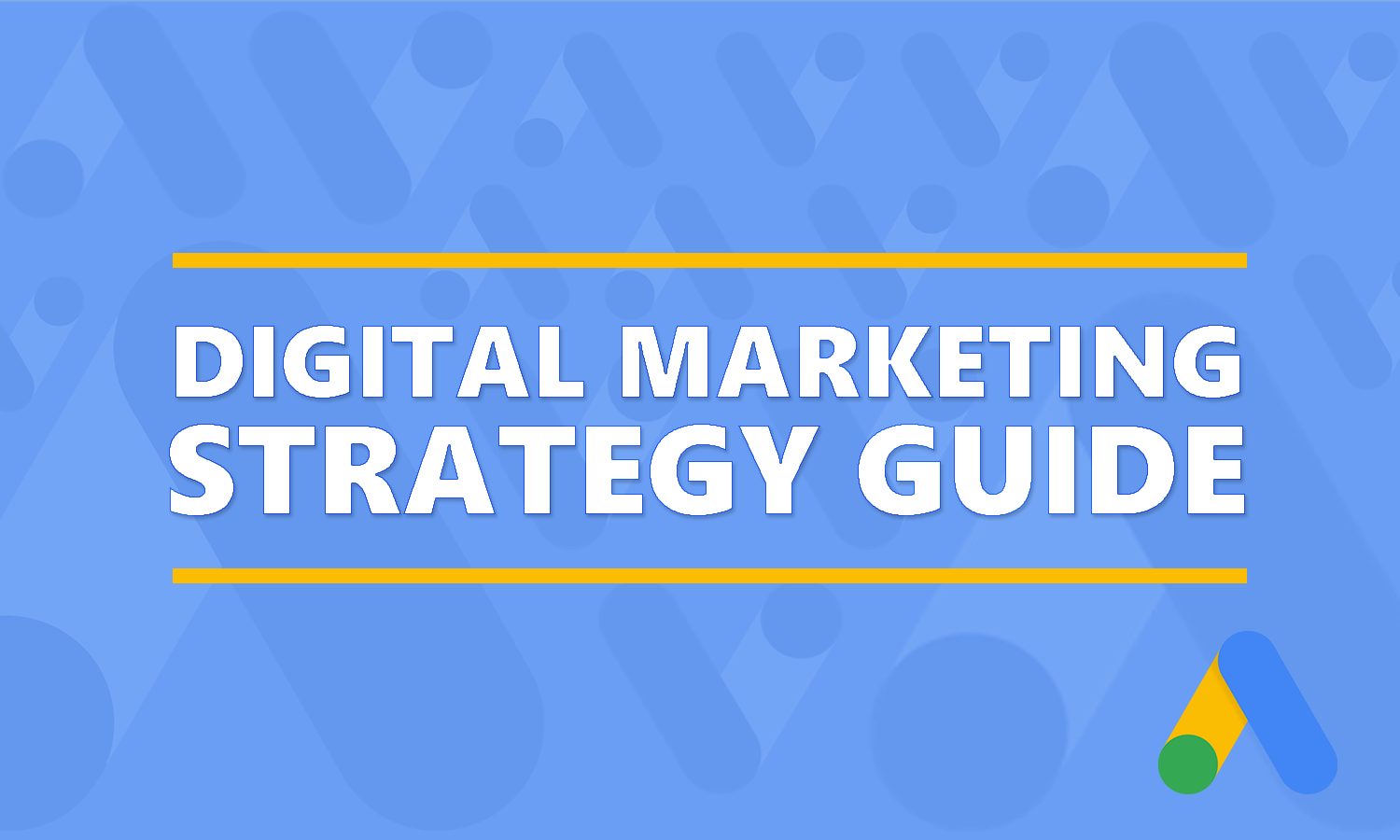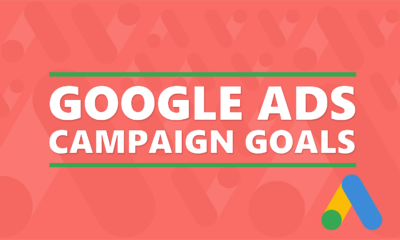A successful online marketing strategy is the key to success in today’s business world. It’s no longer enough to just ‘do’ marketing; you need to be intentional about it.
But how do you get started?
That’s where this comprehensive guide to developing your online marketing strategy comes in. It’s designed to provide you with the information, tools and resources you need to create a plan that will get you the results you’re looking for. We’ll cover topics such as setting goals, understanding your audience, choosing the right platforms and tactics, creating content, measuring and tracking results and more.
So get ready to take your online marketing to the next level with this comprehensive guide.
Marketing Strategy Vs. Marketing Plan
I think we should first distinguish between a digital marketing strategy and a marketing plan.
A marketing strategy is the overarching plan for how you will reach your customers and ultimately achieve your business goals. It consists of a set of tactics that must be executed in order to drive results. A marketing plan, on the other hand, is an actionable roadmap that details the specific steps to take in order to make your strategy come alive.
Think of it this way; a marketing strategy is like creating a destination point, while a marketing plan is like creating the roadmap that takes you there. The purpose of having both strategies and plans in place is so that you can clearly see what needs to be done in order to get from Point A (your current situation) to Point B (your desired business outcome). Having clear objectives outlined at both levels offers you more clarity and direction along the way.
In short, think big with your overall marketing strategy then break it down into smaller actionable steps with your marketing plan.
Setting Goals
The first step in developing your online marketing strategy is setting goals. Why? Because without goals, you don’t have a clear direction or focus to guide your efforts. You don’t know which strategies are right for your business or what strategies will even make sense. With goals, you can determine if your strategies are working and make adjustments if they aren’t. You can also use your goals to keep yourself accountable and on track. Keep in mind that online marketing goals vary from business to business. The best place to start is by asking yourself these questions: Who are your target customers? What problems are you hoping to solve for them? What results do you want to achieve?
Examples Of Goals You May Want To Achieve
- Increase brand awareness
- Increase organic traffic
- Increase your email marketing list
- Boost social media engagement
- Increase sales
- Improve lead quality
Understanding Your Audience
Once you’ve clearly mapped out who your target customers are and what problems you’re hoping to solve for them, you need to understand them better so that you can speak to them on their level.
To do so, you can conduct a SWOT analysis (strengths, weaknesses, opportunities and threats). A SWOT analysis will help you identify and understand the opportunities, threats and weaknesses that your current situation presents. It will also help you identify and understand the strengths that you can build on and the weaknesses that you can improve upon.
When you’ve finished the analysis, you should have a pretty good idea of how your audience thinks, what they’re looking for and how to better meet their needs. For a more in-depth resource, please check out How To Identify Your Target Audience.
Choosing the Right Platforms and Tactics
Once you’ve clearly mapped out who your target customers are and what problems you’re hoping to solve for them, it’s time to choose the right platforms and tactics for reaching your target audience.
First, figure out which social media platforms best suit your business model. You’ll want to choose platforms that have a large user base and that your target customers frequent. Next, decide on what type of content you’ll be creating and where you’ll be posting it. For example, if you’re in the travel industry and you want to share tips about visiting certain locations, you might create travel blogs that you post on travel websites like TripAdvisor and booking.com.
You will also want to research the different online advertising platforms other businesses are using. Find out more by reading the Best Places To Advertise Online.
Examples of Marketing Channels and Tactics to Reach Your Target Audience
- Google Ads
- Facebook (organic)
- Facebook Ads
- Youtube Ads
- Search Engine Optimzation (SEO)
- Email marketing
- LinkedIn (B2B)
- Social medial influencer marketing
- Webinars
Asset & Content Creation
With social media platforms, you can also create and share content on your website, email marketing campaigns and more. Whatever content you decide to create, make sure it’s valuable to your audiences. Give them the information they need to solve their problems and answers to their questions. That way, you’ll build trust and credibility with your customers.
You can also use content to nurture leads and convert them into customers down the road. Keep in mind that different types of content will serve different purposes. For example, you’ll want to use different types of content for lead generation and lead conversion, etc.
Types of content you can create include blogs, eBooks, whitepapers, infographics, webinars, podcasts, video, etc. The best type of content depends on your business model, target customers and problems you’re hoping to solve for them.
Measuring and Tracking Results
After you’ve implemented your online marketing strategy for a few months, it’s time to measure and track your results. This will help you better understand which strategies are working, which aren’t and what you need to adjust in order to improve your results. There are a few ways you can measure and track your results.
First, you can use a tool like Google Analytics to better understand how your customers are engaging with your website. If you have not set up Google Analytics yet, then you need to. It is free and is used by millions and millions of websites for a reason. It can help you understand how people interact with your website, understand their behavior, measure results such as sales revenue and lead volume and much more.
You can also use a social media management tool like Sprout Social to track the performance of your social media activity. For some free insights, checking out Facebook Insights is another great tool to take advantage of.
Another way to track and measure your results is to create an online marketing report. This report should include data such as the performance of your lead generation efforts, the number of leads generated, the number of leads converted, etc. You can share this report with your team so they know what needs to be adjusted and improved upon.
A/B Testing
Another way to improve your online marketing strategy is to A/B test your content. You can do this by creating two versions of a piece of content (e.g. a blog post, an email campaign, etc) and then publishing both versions online. After a certain amount of time, you can analyze the results from both pieces of content to see which one performed better.
This will give you insight into what your audiences want and how you can better serve them in the future. Another way to A/B test your content is to create two versions of a piece of content and then share it with two different audiences to see which version resonates better with each group. This will help you better understand your audiences and what they’re looking for.
To learn more, watch this educational video from one of the more popular A/B testing platforms available – https://www.optimizely.com/optimization-glossary/ab-testing/
Automation and Outsourcing
Beyond A/B testing your content, you can also use automation and outsourcing to improve your online marketing strategy. To do so, you can outsource certain tasks like creating content, running social media campaigns and more. You can also use automation to schedule posts, send out emails and provide consistent engagement with your customers.
These tactics will free up your time so that you have more time to focus on high-value, high-impact activities. As you’re developing your online marketing strategy, you can also use automation to create lead magnets (freebies, guides and other helpful content) that bring leads to your website. When you’ve crafted your lead magnets, you can use automation to help you distribute them to your target customers.
This will help you better engage with prospects and encourage them to engage with your brand.
The Wrap Up
There’s no doubt that marketing is a crucial part of any business. The challenge is taking the time to develop a strategy that will truly resonate with potential customers. With this comprehensive guide, you can get started on the right foot with your online marketing strategy. From setting goals, to understanding your audience, choosing the right platforms and tactics, creating content, measuring and tracking results and more, this guide has everything you need to create a successful online marketing strategy.



